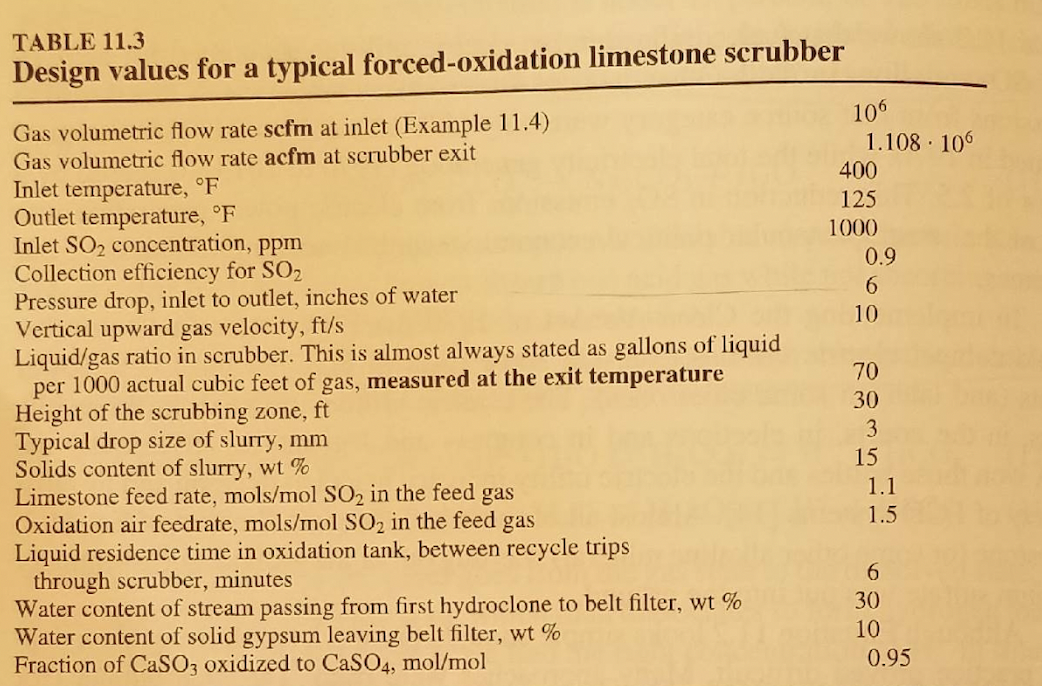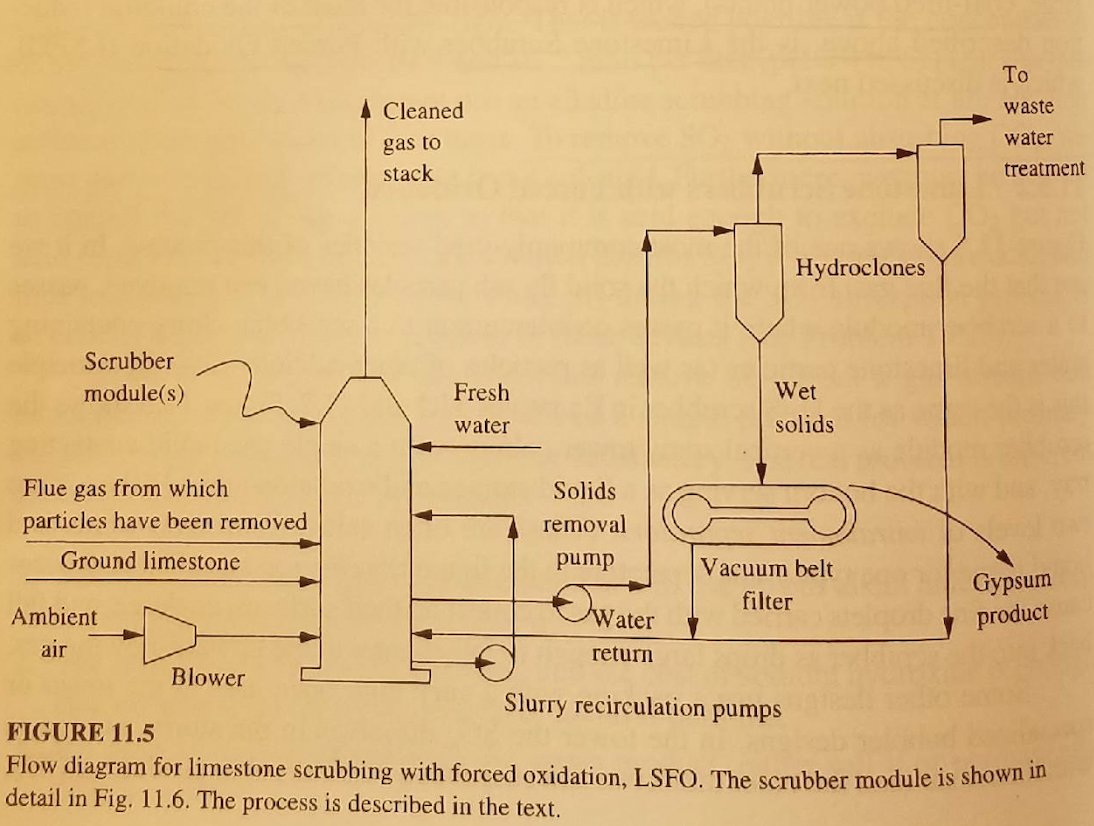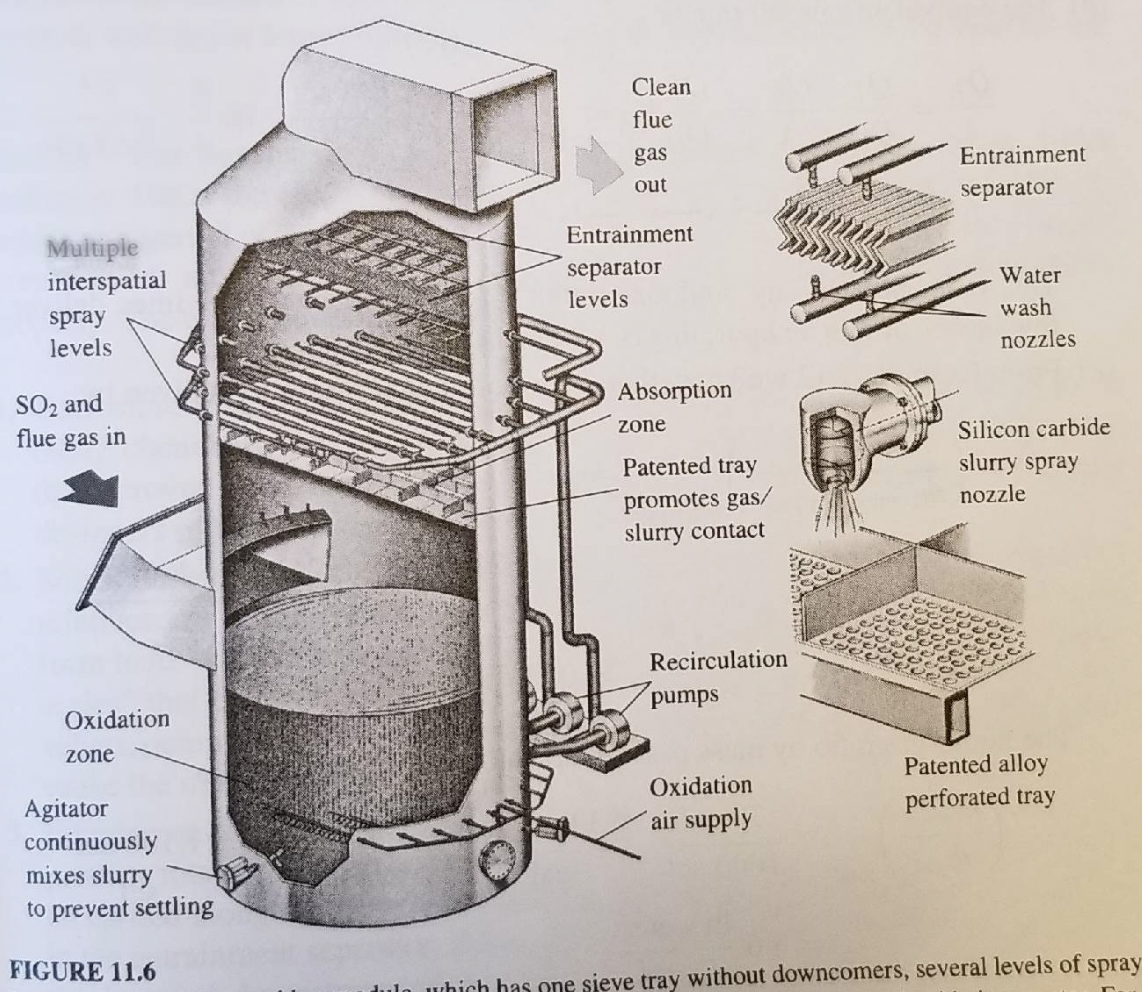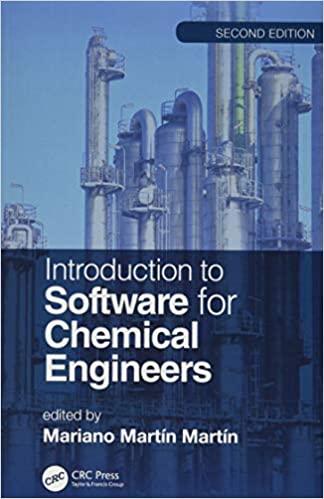Answered step by step
Verified Expert Solution
Question
1 Approved Answer
THE CORRECT ANSWER IS: blower uses 0.20% of the plant's total power output to overcome the losses in the scrubber HINT: Look up the actual
THE CORRECT ANSWER IS: blower uses 0.20% of the plant's total power output to overcome the losses in the scrubber
HINT: Look up the actual volumetric flowrate and pressure head drop from Table 11.3 (don't use 10 inches of water). The power plant's total power output is given in example 11.4 (it is 500 MW).




Step by Step Solution
There are 3 Steps involved in it
Step: 1

Get Instant Access to Expert-Tailored Solutions
See step-by-step solutions with expert insights and AI powered tools for academic success
Step: 2

Step: 3

Ace Your Homework with AI
Get the answers you need in no time with our AI-driven, step-by-step assistance
Get Started


